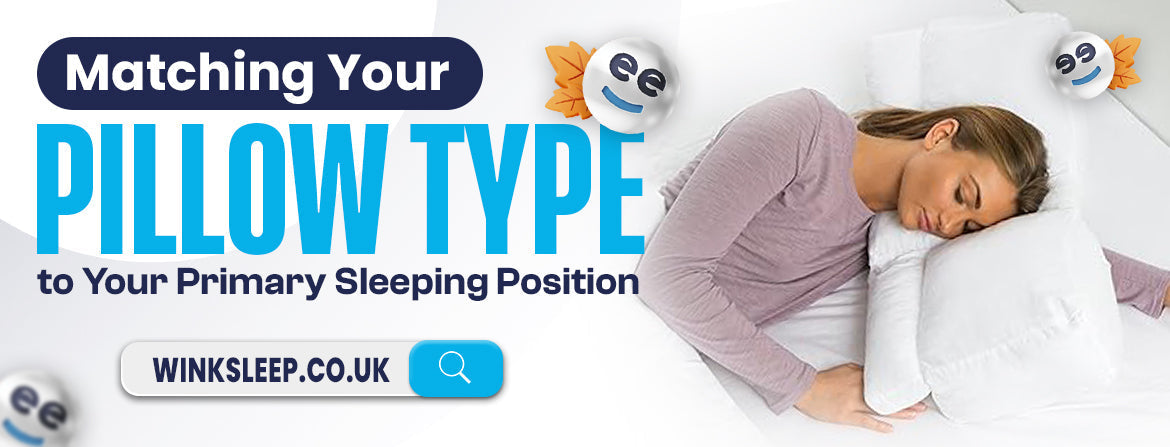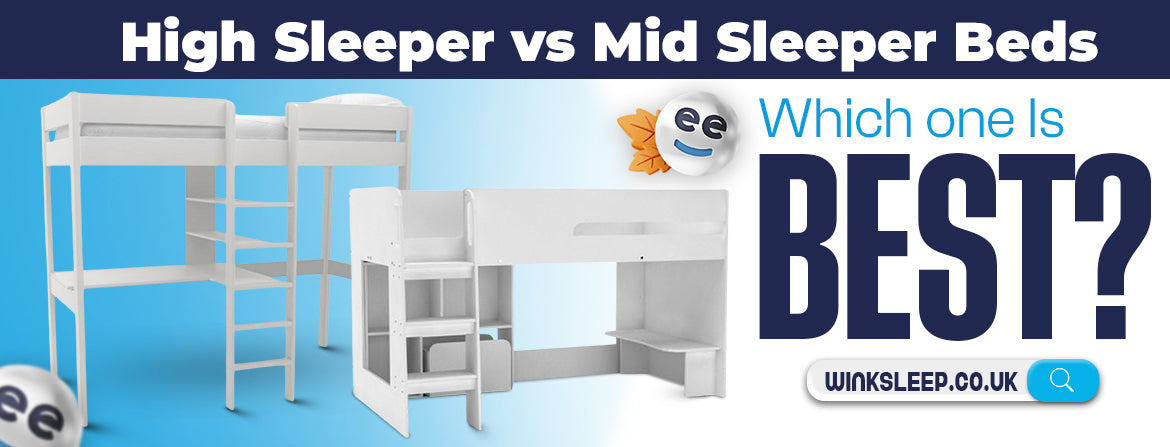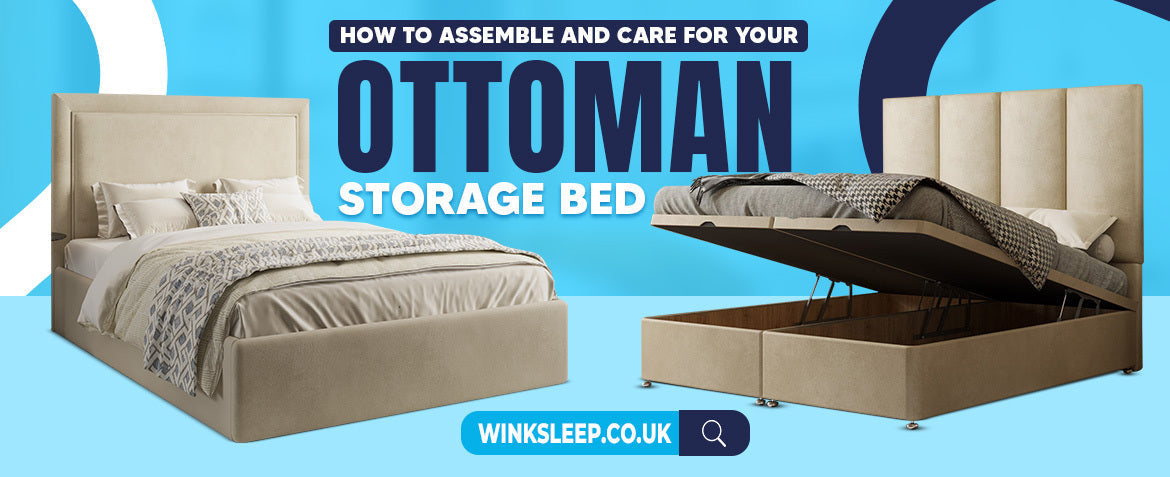A good night’s sleep is not only about the mattress you choose. The pillow you rest on plays a major role too. The right pillow keeps your head, neck, and spine aligned while you sleep. This alignment reduces strain and helps you wake up refreshed. However, the ideal pillow is not the same for everyone. It depends on your main sleeping position—whether you sleep on your back, side, or stomach.
This guide explains how to match your pillow type with your primary sleeping position. You will also learn about pillow materials, firmness levels, and other factors that affect comfort and support.
Why Pillow Choice Matters
Your pillow is not just a soft accessory. It supports your head and keeps your spine in a neutral position. If your pillow is too high or too flat, it may cause neck pain, headaches, or poor sleep quality. Over time, using the wrong pillow can even affect your posture.
Choosing the right pillow improves sleep comfort, reduces tossing and turning, and can prevent stiffness in the morning. That is why understanding the link between your pillow and sleeping position is so important.
Back Sleepers: Finding the Right Balance
Back sleepers need a pillow that supports the natural curve of the neck without pushing the head too far forward. A medium-loft pillow is usually best. It should be thick enough to fill the space between your neck and the mattress, but not so thick that it bends your head.
Memory foam pillows are often a good choice for back sleepers. They mould to the shape of your head and neck, giving even support. Some back sleepers also prefer contour pillows, which have a slight dip in the centre to cradle the head.
For added comfort, a small pillow under the knees can also help reduce pressure on the lower back.
Side Sleepers: Extra Support for Neck and Shoulders
Side sleepers need the most support from their pillow. This position creates a wide gap between the head and the mattress. If the pillow is too low, the head will tilt down, straining the neck. If it is too high, the neck will bend upward.
A firm, high-loft pillow is usually best for side sleepers. It fills the gap between the mattress and the head, keeping the spine straight. Memory foam or latex pillows work well because they hold their shape through the night.
Side sleepers may also benefit from a second pillow between the knees. This keeps the hips aligned and reduces pressure on the lower back.
Stomach Sleepers: Choosing a Low Profile Pillow
Stomach sleeping is the least recommended position because it often strains the neck. But if it is the only way you can sleep comfortably, the right pillow choice can help reduce the strain.
A very thin or low-loft pillow is best for stomach sleepers. This prevents the head from being pushed too far back. Some stomach sleepers even prefer sleeping without a pillow under the head.
Instead, you can place a flat pillow under the stomach or pelvis. This supports the lower back and reduces pressure on the spine.
Combination Sleepers: Flexibility is Key
Some people do not stick to one sleeping position. They may start on their back and turn to their side during the night. These are called combination sleepers.
For this group, a medium-loft pillow is often the most versatile. Adjustable pillows, filled with shredded memory foam or microfibre, can be customised by adding or removing filling. This allows you to change the pillow height to match how you sleep.
Pillow Materials and Fillings
The filling of your pillow affects both comfort and support. Different materials offer different benefits, and knowing their qualities helps you choose wisely.
- Memory Foam – Moulds to the shape of your head and neck, offering personalised support. Good for back and side sleepers.
- Latex – Provides firm support with a bit of bounce. Naturally hypoallergenic and long-lasting.
- Feather and Down – Soft, lightweight, and easy to shape. Best for stomach sleepers but may not give enough support for side sleepers.
- Microfibre or Synthetic Fill – Affordable, lightweight, and hypoallergenic. However, it may flatten faster than other types.
- Hybrid Fill – Some pillows combine materials like shredded foam and microfibre to balance comfort and support.
Choosing the right material depends not only on your sleeping position but also on personal preference, allergies, and budget.
The Role of Firmness in Comfort
Loft or height is important, but firmness also plays a big role.
- Soft pillows are best for stomach sleepers because they compress easily and reduce strain on the neck.
- Medium-firm pillows suit back sleepers, as they provide both softness and support.
- Firm pillows are ideal for side sleepers, keeping the head from sinking and maintaining alignment with the spine.
Testing firmness is simple. Press your hand on the pillow—if it bounces back quickly and holds shape, it is firm. If it sinks and feels plush, it is softer.
Signs It Is Time to Replace Your Pillow
Even the best pillow does not last forever. Over time, pillows lose their shape and support. Using an old pillow may cause discomfort or even disturb your sleep.
Look for these signs:
- Your pillow feels flat or lumpy.
- You wake up with neck or shoulder pain.
- The pillow has visible stains or an odour.
- You fold the pillow in half and it stays folded instead of springing back.
Most pillows should be replaced every 18–24 months, though memory foam and latex may last longer.
Tips to Choose the Right Pillow Based on Personal Needs
When buying a pillow, consider more than just your sleeping position. Your body size, mattress firmness, and health concerns all matter.
- Body Size: Broad shoulders need a higher-loft pillow when side sleeping. Smaller frames may need a thinner option.
- Mattress Firmness: A soft mattress lets the body sink in, reducing the gap for the pillow. A firm mattress may need a higher pillow.
- Allergies: Choose hypoallergenic materials like latex or synthetic fill if you are sensitive to dust or feathers.
- Special Conditions: People with acid reflux may benefit from a wedge pillow, while those with sleep apnoea may need specialised support pillows.
Trying out different pillows in-store or choosing an adjustable option can help you find the right fit.
Building a Healthy Sleep Routine Along with the Right Pillow
A good pillow is only one part of better sleep. Pairing it with healthy habits improves results. Keep your bedroom cool, dark, and quiet. Maintain a regular sleep schedule. Combine the right pillow with a supportive mattress. These simple steps make restful sleep more consistent.
You may like to read: Can a mattress affect your posture?
Verdict
The right pillow can transform how well you sleep. Matching your pillow to your primary sleeping position keeps your spine aligned, reduces pain, and helps you wake up refreshed.
- Back sleepers need medium-loft pillows with balanced support.
- Side sleepers benefit from firm, high-loft pillows that fill the shoulder gap.
- Stomach sleepers should choose thin pillows or none at all under the head.
- Combination sleepers do best with adjustable or medium-loft pillows.
Beyond sleeping positions, factors like pillow material, firmness, and personal needs also matter. Replacing pillows on time keeps your sleep environment clean and supportive.
If you are looking for a pillow that matches your sleeping style, explore the collection at WinkSleep. With options designed for different sleep positions, you can find the right support for better nights and brighter mornings.
 Build Your Bed
Build Your Bed
 Request FREE Swatches
Request FREE Swatches
 Fast Delivery on Every Product
Fast Delivery on Every Product  Klarna 0% Finance
Klarna 0% Finance  5 Year Manufacturer's Guarantee
5 Year Manufacturer's Guarantee 










